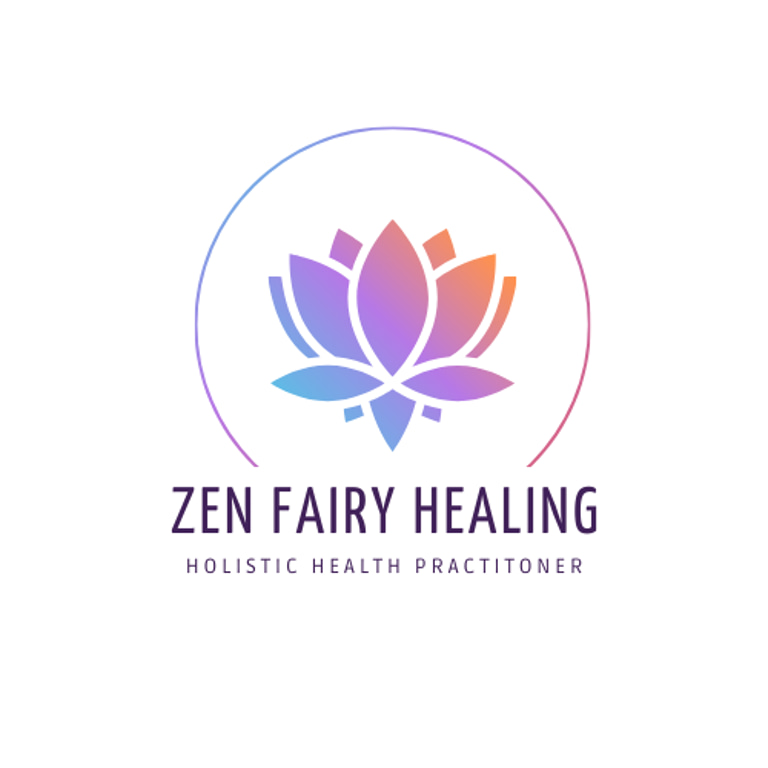Healing Sexual Shame: Reclaiming Safety, Pleasure, and Power in Our Bodies
The importance of healing sexual trauma
Zailynn Noel
5/19/20252 min read


Sexual shame is one of the deepest, most pervasive wounds we carry—and often, it's one we’ve learned to hide so well that we forget it's there. It doesn't always scream; sometimes, it whispers through tension in our hips, discomfort with pleasure, or a disconnect from our own desires. It can show up as anxiety, numbness, overgiving, or feeling unsafe in intimacy. And it’s not just about sex—sexual shame can impact how we relate to our bodies, our worthiness, our voice, and even our creativity.
Where Does Sexual Shame Come From?
Sexual shame is rarely born from personal experience alone. It’s often passed down generationally or embedded in cultural, religious, and societal messages. Many of us were taught that our bodies were “too much” or “not enough,” that our pleasure was taboo, or that desire should be suppressed or only expressed in certain ways.
For others, especially survivors of trauma or abuse, the body can become a battlefield—where touch, trust, and boundaries were violated. In these cases, shame can root even deeper, causing us to feel like our bodies betrayed us or like our experiences were somehow our fault.
Why It Matters to Heal
Shame is a powerful emotion—it makes us want to hide. But when it lives in the body, it can keep us disconnected from the very parts of ourselves that are sources of joy, intuition, power, and pleasure. Healing sexual shame isn’t about becoming more “sexual”—it’s about becoming more whole.
When we start to release this shame, something magical happens:
We feel safer in our own skin.
We learn to set and honor boundaries.
We open to deeper intimacy and connection—with ourselves and others.
We reclaim our right to pleasure, play, and embodiment.
We begin to trust our body’s wisdom again.
The Body Remembers, But It Can Also Heal
Healing sexual shame is not a one-time fix—it’s a gentle process of returning to the body with love, curiosity, and compassion. Practices like somatic therapy, breathwork, mindful movement (like yoga or ecstatic dance), energy healing (such as Reiki), and inner child work can be powerful allies on this journey.
This isn’t about “fixing” ourselves—it’s about unlearning what never belonged to us and remembering that we are sacred, whole, and worthy of love just as we are.
Affirmation for the Journey:
“I release shame that was never mine to carry. I return home to my body with compassion, curiosity, and care. My body is not broken—it is my sanctuary.”
